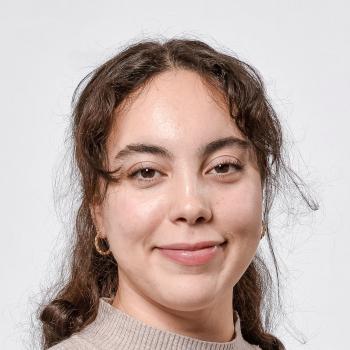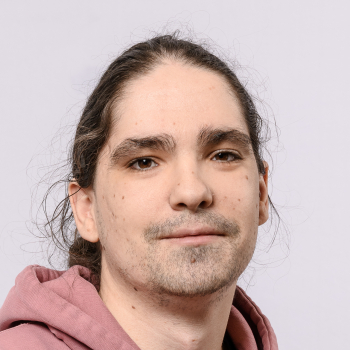Leukomotion lab
The Leukomotion lab investigates the mechanisms controlling cell migration between organs. Our group focuses on understanding how leukocytes, specialized in the fast colonization of distant tissues, optimize their displacement within the intricate body architecture. Using micro-fabricated tools and ex vivo tissue imaging, we address how chemical and physical signals convert to enhance fast cell migration in complex anatomical landscapes.
The specific research objectives we aim to achieve are:
- Understand how different components of the cell cytoskeleton regulate discrete steps of 3D migration. Taking advantage of LifeAct-GFP and MyoII-GFP mice, we dissect the contribution of different cytoskeleton components to migration in microenvironments of growing complexity. This is the main expertise of the lab, developed over more than 15 years of intense research.
- Asses the contribution of cell migration to immune disorders. In collaboration with the Imagine Institut and the Necker Hopital, we perform systematic analysis of cell imagrtion in samples from patients bearing immune disorders. Up to now, we have tested more than 15 conditions, finding cell migration altered in 12 of them. This highlights the understimated role that cell motility might have in the underlying symptoms of each disease.
- Identify new regulator of leukocyte locomotion in tissues. By analyzing cells from patients, we have identified a number of previously ignored molecules that control cell migration in 3D landscapes. Among them, we describe for the first tiùe the role of the ATM kinase on the regulation of leukocite migration in 3D.
- Use cell migration as tool to find solutions for immune disorders. By performing a phenotypic drug screen centered in FDA-approved compounds, we will identify and validate in vivo those able to restore normal leukocyte motility in AT leukocytes.
The general objective of these research axes is to enhance our understanding of leukocyte migration in 3D environments and its implications for the immune system. By dissecting the cellular machinery responsible for fast motility and its adaptations to various microenvironments, the Leukomotion Lab seeks to contribute to the development of new diagnostic and therapeutic strategies for immune disorders.
Our multidisciplinary approach, combining mouse and human cellular models with advanced imaging techniques, is vital for achieving these objectives and advancing our knowledge in this field.










